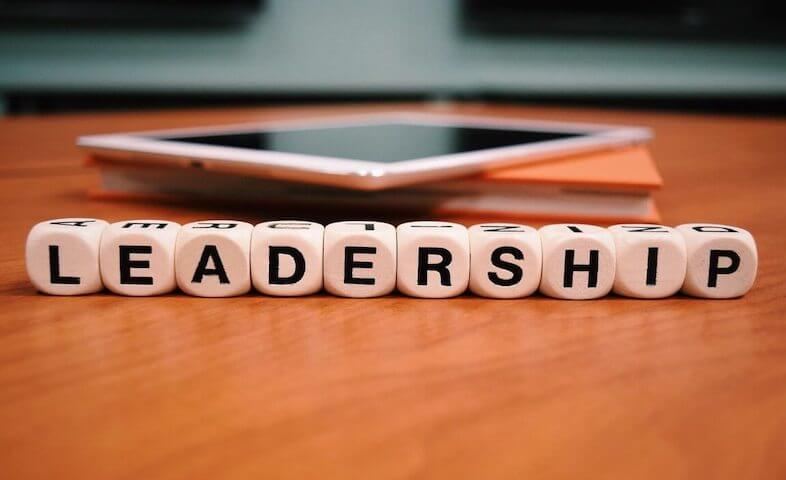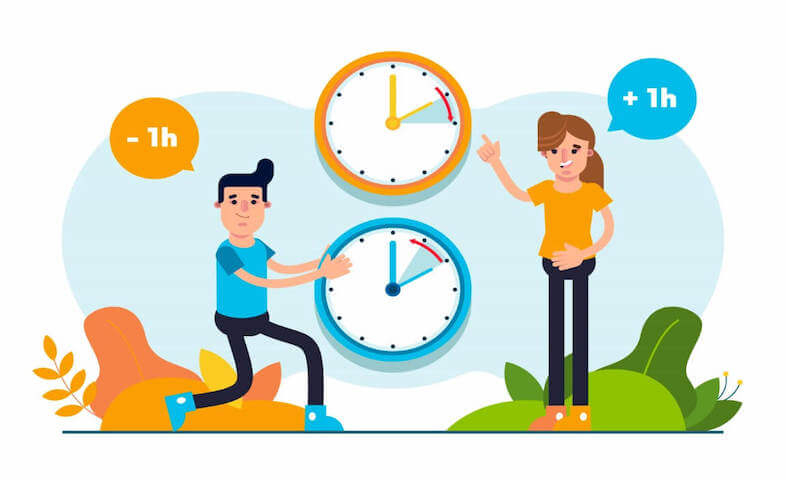Everyone has heard the statement, "I'm too exhausted to work out." Maybe we also use this justification when people inquire as to why we don't regularly exercise. This is the most common excuse for not exercising, according to The Heart Foundation.
This is a paradox as we require energy to exercise, yet one of the main consequences of not exercising is that our energy levels are depleted, which makes it very hard to start moving in the first place. Lack of activity reduces the amount of oxygen that reaches our brains and bodies, which results in an energy slump. Oxygen is a vital fuel source for energy production.
What is the impact of physical inactivity on our energy levels, then?
Having low energy does more than just make us feel lethargic and uninspired. The consequences of physical inactivity cause a chain reaction that undermines our capacity to concentrate, make wise choices, control our emotions, develop stress tolerance, and perform at our best—basically, all the essential components of sustaining healthy energy levels.
If left unchecked, this can cause us to be unhappy in our own lives and have an effect on those around us.
However, there is good news. To change this dynamic for yourself, you don't have to put up with hours at the gym, get out of bed for an early morning jog, or put up with other such inconveniences.
Here are a few examples of how physical inactivity affects several aspects of our lives, along with some easy, painless activities you can do to boost your energy levels.
1. The Relational Element
When you're having a fight with your partner or your child is having a tantrum, do you ever feel exhausted? Every last drop of your life power is flushed down the tubes as if someone yanked the plug.
It turns out that this behavior may be influenced by a lack of physical activity. According to one study, exercising leads to a series of beneficial contacts with friends and family both on the day of the activity and the day after.
Better Together
When we workout alongside our loved ones, these advantages are amplified. Take a break for some exercise together the next time you suspect a family conflict is about to break out. When my own children were toddlers, I can recall numerous times when we abruptly changed our plans to go outside together out of irritation. Even if it was only for a short while, it put the day on a more positive course. Even in their preteen and teen years, this is still true. These days, it may take a little more perseverance to convince them to change course, but it's always worthwhile!
Engage in a game of tennis or basketball. Ride your bike around the neighborhood. Walk along the trail or green area that is closest to you. Go critter spotting in your backyard or at a nearby park. Making this a habit will probably result in fewer instances of these energy-draining situations overall, in addition to helping to defuse a situation before it becomes explosive.
2. The Mental/Emotional Element
In the United States alone, an estimated 40 million persons suffer from anxiety problems. Our brains release chemicals to help us deal with threats, whether they are real or imagined. This process is called the "fight-flight-freeze" reaction. We may feel as though our energy has been severely depleted in the aftermath.
Sleep is a great way to heal, but it can be challenging if you have constant worries. This is even worse by physical inactivity since it deprives us of one of the best natural ways to control our sleep cycles. By efficiently ridding our bodies and minds of the excess stress chemicals brought on by anxiety, exercise also helps us think more clearly.
Natural Regulators
Our energy levels are messed up by more than just anxiety problems. We may feel like we're trapped on a tiring emotional rollercoaster due to daily stressors and mood swings.
Serotonin and dopamine, which naturally assist control our mood and energy, are depleted when we are physically inactive. These molecules are increased by physical activity, which also increases activity in the prefrontal cortex, the area of the brain that is in charge of higher-order thinking. Our emotional center, the limbic brain, is calmed by this process, which also automatically turns off emotionally draining triggers.
3. The Intuitive/Spiritual Element
Exercise teaches us to transcend our rational brain processes and develop our mind-body awareness. Our ability to access our inner knowing improves as we become more aware of our bodies and what they are telling us. We can quit expending energy seeking answers or approval from others outside of ourselves.
Enhancing our energy levels can also be facilitated by our connection to the universe or a higher force. There are numerous ways to improve this through exercise. For example, yoga and tai chi are popular spiritual disciplines that have been utilized for millennia to unite the mind, body, and soul. From a Western standpoint, they also aid in balancing our need for "restful" and "achievement" energies. Burnout or sadness might result from concentrating too much on either extreme.
A Powerful Combination
Another spiritual practice that has been shown to increase energy is meditation. Unfortunately, it can be difficult to sit still and relax, particularly for those who deal with anxiety.
One practice that facilitates this and offers the potent energy-boosting combo of deliberate introspection and physical exercise is "walking meditation." This is a "basic method for cultivating mindfulness..., which involves focusing closely on the physical experience of walking, paying attention to the specific components of each step," according to the Greater Good Science Center at UC Berkeley.
By drawing our attention to the glories of the world outside ourselves, hiking in the outdoors also helps us reestablish a spiritual connection and combat physical lethargy. Experiences of awe inspire good shifts in behavior, attitude, and mood. By clearing our minds of negativity and overanalyzing, this increases our energy levels. We can rely on our inner wisdom and believe that the universe is always on our side.
4. The Self-Mastery Element
How motivated are you when your inner critic tells you that you're "too old," "too weak," or "too broken" to fulfill your life's mission and reach your biggest ambitions? You know how it pulls you down?
Our energy levels are depleted when our minds accept these unfavorable ideas, but thankfully, there is an easy way to dispel these myths.
Exercise, you guessed it.
Achieving physical goals alters how we view ourselves and increases our sense of value and empowerment. Our brains develop neural patterns as a result of the increased agility and flexibility we obtain from repetitively practicing martial arts, metabolic conditioning workouts, or HIIT (high-intensity interval training). Our mind-body gets rewired for resilience, strength, coordination, and grit in all aspect of our lives. Knowing that you are strong and capable of conquering any obstacle is the most empowering feeling there is.
Express Yourself
Self-expression exercises, like dancing, can also boost our energy levels by assisting us in sorting out a jumble of emotions that might be holding us back. We don't need to be preoccupied with our weight or appearance in order to benefit from physical activity. Whether it's a Zumba or Pilates class, a salsa lesson, your favorite sport, or just a walk around the neighborhood, pick something you love and that makes you feel good to get your body moving.
We also don't have to start out with the aggressive strategy we usually employ for most projects. We don't even have to possess the qualities of being theatrical, creative, or athletic. All that is necessary is to focus on personal development and take one step at a time. Watch yourself grow as you let go of comparisons, expectations, and self-judgment.
5. Energy Beyond Exercise
According to the WHO, one in four persons worldwide do not engage in the recommended amounts of physical activity. Understanding the negative effects that insufficient exercise can have on our health and lifespan is crucial, but it's only one aspect of the problem. The stakes are much higher.
We can accomplish the majority of our everyday tasks with the least amount of physical exertion thanks to modern living. In addition to not exercising enough, we hardly ever move—aside from going from the couch to the refrigerator or from the house to the car.
Being physically inactive deprives us of important aspects of life, such as a greater awareness of the vastness of the universe, our inner calm, and our relationships with our loved ones. The connection between movement and vitality is essential to our sense of fulfillment and success in life. In other words, we lose energy on all levels when we are not physically active.
To make it easier for you to fit it into your schedule, here is a breakdown: Engage in either 30 minutes of moderate activity (brisk strolling, dancing, hiking, tennis, or water aerobics) or 15 minutes of vigorous exercise (HIIT, jogging, metabolic conditioning, fast swimming, or bicycling) five days a week. Additionally, keep in mind that any movement is preferable to none at all.
Reference
| [1] | ^ | The Heart Foundation: The Top 10 Excuses for Not Exercising |
| [2] | ^ | Science Direct: The cascade of positive events: Does exercise on a given day increase the frequency of additional positive events? |
| [3] | ^ | Anxiety and Depression Association of America: Facts and Statistics |
| [4] | ^ | American Psychological Association: Working out boosts brain health |
| [5] | ^ | NCBI: Meditation: Process and Effects |
| [6] | ^ | Greater Good Science Center: Walking Meditation Practice |
| [7] | ^ | World Health Organization: Physical activity fact sheet |







Commnets 0